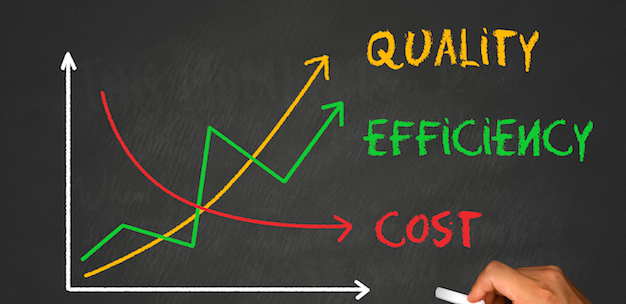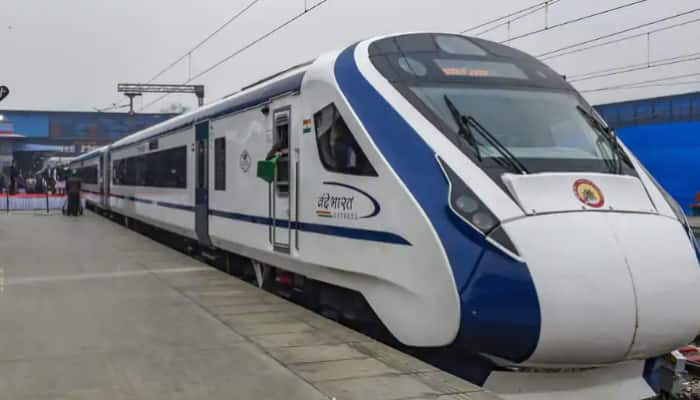
Rail carriers are finding that the combination of electric trains coupled with computer-based transportation management systems can help them run more trains, handle increased ridership and reduce their annual power bill – sometimes to the tune of 6 percent annually.
According to Patrick Mazza, coauthor of the book Solutionary Rail (2016), electricity serves nearly 25 percent of railroad track miles and supplies more than one-third of the energy that powers trains around the world. While the United States has fallen way behind in this area, other regions, such as EU countries and India, are developing the electrification of their railways. After all, there’s a growing consensus in the rail industry that long-term, electric trains make sense in terms of reducing costs and addressing sustainability.
In his book, Mazza outlines the following benefits of moving from diesel-powered to electric trains:

- Lower power costs. While prices of diesel fuel are low right now, many industry analysts estimate that long-term prices will increase. On the other hand, electricity prices are falling with the fast-growing use of renewable energy sources such as wind and solar. Even at current prices, an industry report by Amtrak estimates that it is 50 percent less expensive to power a train by electricity than by diesel.

- Lower engine costs. Electric locomotive engines cost about 20 percent less than diesel locomotive engines on the global market, and maintenance costs are up to 35 percent less than for diesel engines.

- Reduced pollution. Phasing out diesel-powered locomotives would reduce air pollution, including soot, volatile organic compounds, nitrogen oxides, and sulfur oxides, all of which negatively affect public health and the overall And switching from diesel to electricity would also help address the need to replace petroleum-based liquid transportation fuels with cleaner alternatives as we seek to lower greenhouse gas emissions.
On the technology front, rail carriers can now collect data and run analytics to determine how trains perform under different driving styles, in order to improve overall performance and energy efficiency. For example, carriers can analyze how four drivers manage 100 journeys in a week and determine why some drivers use more power than others even though they run the same routes.

If test data determines that some drivers stop and start more frequently or brake harder than others, the drivers could be taught to better use trains’ regenerative braking technology, which captures the energy expended by trains as they slow down. They can then re-use the power, improve energy efficiency and reduce a train’s carbon emissions. Chennai Metro Rail in India estimates that with regenerative braking, each train can generate nearly 1,900 kWh, or 30 percent of the energy consumed. Thus, by saving 30 percent of power needs, Chennai Metro Rail says their trains are cutting down carbon emissions as they reduce dependency on power supplied from fossil fuels. That’s a big savings, both for Chennai Metro and for the environment.
Although it will still take the rest of this decade to make a more complete transition to electric, many rail carriers around the world have been on this track for at least the past few years. I think it’s safe to say that people can expect electric trains to become much more mainstream around the world by 2025. Couple that with increased use of digital technologies and analytics, and our industry stands to make great strides on transforming railroads into modern carbon-neutral companies.






